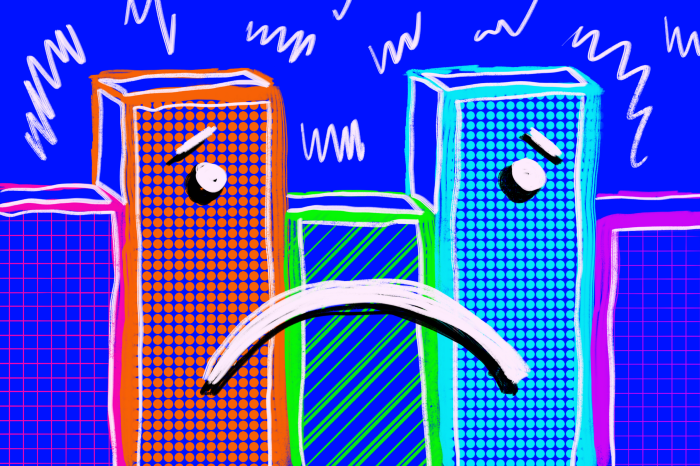In this episode, Chuck explores the flawed nature of North America’s current “housing bargain,” where most neighborhoods are allowed to stay exactly the same as long as some neighborhoods are forced to radically change. (Transcript included.)
Read MoreWhy is it that when a place is [pick one: walkable, bikeable, beautiful, lovable, inviting, human-scale], it so often gets coded as being “gentrified” and therefore elitist? When only the rich can afford nice places, the solution isn't to stop creating such places but to create vastly more of them.
Read MoreIn this episode of Upzoned, co-hosts Abby Newsham and Chuck Marohn talk about the challenges of building an Olympic Village and then repurposing it after the Games are finished.
Read MoreA 2020 study revealed that areas around streets named after Martin Luther King Jr. are more segregated and poorer than the United States average. Now, data shows property values in these areas are affected, as well.
Read MoreAs America’s cities continue their halting climb up and out of the last few years, data analytics firm Urban3 foresees a few crises—as well as opportunities—waiting for them in 2023.
Read MoreCoté Soeren’s “Resistencia” coffee shop in Seattle is a space for community connection and support, not gentrification.
Read MoreAs people interested in undoing damage caused by the rise of the suburban development pattern, how should we feel about so-called “McMain Streets”?
Read More"Developers in my city are only building luxury housing. They're not building anything that ordinary people can afford." If you’ve said this lately, or heard someone else say it, here are five possible reasons why.
Read More“You don’t have to move out of your neighborhood to live in a better one,” says Majora Carter in her new book, Reclaiming Your Community.
Read MoreWhy is it that when a place is [pick one: walkable, bikeable, beautiful, lovable, inviting, human-scale], it so often gets coded as being “gentrified” or “upscale”?
Read MoreNot every problem associated with housing is directly a supply or scarcity issue, but housing scarcity is real, and it tends to make just about all the other problems associated with housing worse.
Read MoreCoté Soeren’s “Resistencia” coffee shop in Seattle is a space for community connection and support, not gentrification.
Read MoreLa mayoría de los vecindarios se enfrentan a una dura elección entre el goteo o la manguera de incendios: prácticamente ningún nuevo desarrollo o inversión o un cambio cataclísmico que deja un lugar irreconocible. Necesitamos salir de esta dicotomía destructiva.
Read MoreCritics say YIMBYs have an “induced demand” problem.
Read MoreA small-scale developer in Atlanta is showing that it’s possible to improve a neighborhood without displacing the people who already live there.
Read MoreWhen you make community-led, incremental redevelopment all but impossible, what you get is the wholesale reinvention of neighborhoods in somebody else’s image instead.
Read MoreMore research from the Upjohn Institute, following an attention-grabbing study last year, helps us understand the cause-and-effect chains that result when a new apartment building opens in a low-income area.
Read MoreMost neighborhoods face a stark choice between the trickle or the fire hose: either virtually no new development or investment, or cataclysmic change that leaves a place unrecognizable. We need to get out of this destructive dichotomy.
Read MoreAtlanta is one of the fastest gentrifying cities in the country. King Williams, an Atlanta-based writer and documentary filmmaker, describes what makes that city’s experience with gentrification unique, why gentrification is avoidable, and why Atlanta’s middle-class is now facing displacement too.
Read MoreMost neighborhoods face a stark choice between the trickle or the fire hose: either virtually no new development or investment, or cataclysmic change that leaves a place unrecognizable. We need to get out of this destructive dichotomy.
Read More


















